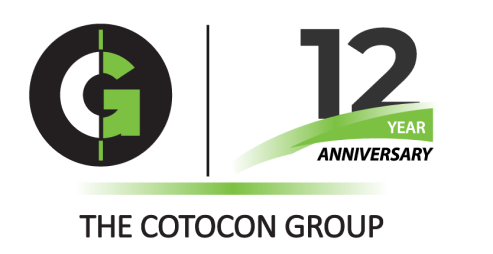What is LEED Certification
Leadership in Energy and Environmental Design (LEED) is a nationally-accepted benchmark for the design, construction and operation of high performance green buildings. The rating system assigns points in six main categories: Site Selection, Water Efficiency, Energy & Atmosphere, Materials & Resources, Indoor Environmental Quality, and Innovation & Design Process. Buildings can earn Certified, Silver, Gold or Platinum level certification, depending on the quantity and quality of measures pursued.
If you weren’t aware, buildings are responsible for an enormous amount of global energy use, resource consumption and greenhouse gas emissions. As the demand for more sustainable building options increases, green construction is becoming increasingly profitable and desirable within the international construction market.
In the United States alone, buildings account for almost 40 percent of national CO2 emissions and out-consume both the industrial and transportation sectors, but LEED-certified buildings have 34 percent lower CO2 emissions, consume 25 percent less energy and 11 percent less water, and have diverted more than 80 million tons of waste from landfills. 1
The market is responding to these cost savings and environmental benefits at a dramatic rate. According to a Dodge Data & Analytics World Green Building Trends 2016 SmartMarket Report, the global green building sector continues to double every three years, with survey respondents from 70 countries reporting 60 percent of their projects will be green by 2018.


